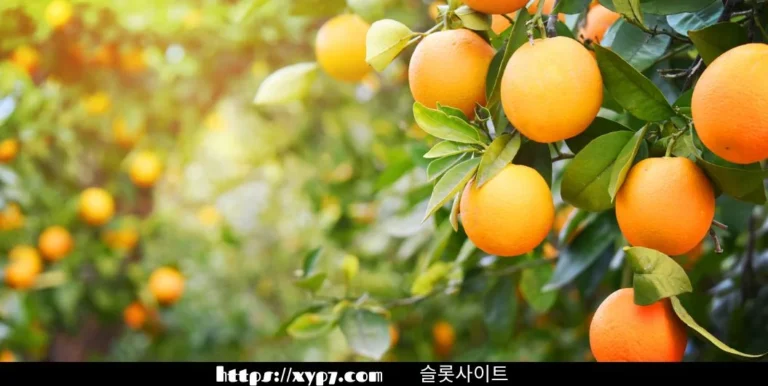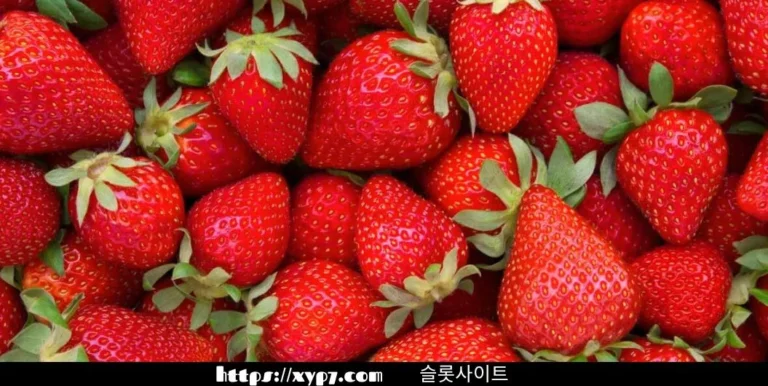Facts About Etrog Fruit
The etrog, a citrus fruit with a rich history and cultural significance, is more than just a symbol during the Jewish holiday of Sukkot. Beyond its religious connotations, the etrog boasts a plethora of intriguing facts that often go unnoticed. In this article, we delve into the lesser-known aspects of this unique fruit, uncovering ten fascinating insights that will broaden your understanding and appreciation of the 카지노사이트 etrog.
Exploring the Mysteries of the Etrog Fruit: 10 Fascinating Facts You Never Knew

Ancient Origins and Symbolism
The etrog’s ancient roots in Persia and Mesopotamia, prized for its medicinal qualities and symbolic value, symbolized fertility, abundance, and prosperity in various cultures before its association with Jewish tradition.
Botanical Classification
While commonly referred to as a citrus fruit, the etrog belongs to the species Citrus medica. Unlike its more popular counterparts like oranges and lemons, the etrog has a unique appearance, with a thick, bumpy rind and a distinct fragrance that sets it apart.
Cultivation Challenges
Growing etrogs presents numerous challenges due to their specific requirements. They thrive in subtropical climates with well-drained soil and ample sunlight. Cultivating them requires patience and expertise, making them relatively rare compared to other citrus fruits.
Culinary Applications
Beyond its ceremonial use, the etrog finds its way into various culinary creations. Its aromatic zest adds a unique flavor to dishes, ranging from preserves and marmalades to desserts and cocktails. In some cultures, etrog-infused oils also vinegars are prized for their distinctive taste.
Medicinal Properties
Traditionally, the etrog has been valued for its medicinal properties. Its juice was believed to have therapeutic effects, ranging from aiding digestion to treating respiratory ailments. Modern research is exploring its potential antioxidant also anti-inflammatory properties, shedding light on its health benefits.
Symbolism in Jewish Tradition
In Jewish tradition, the etrog holds profound symbolism during the festival of Sukkot. Alongside the lulav (palm branch), hadass (myrtle), and aravah (willow), it is one of the Four Species used in ceremonial rituals, symbolizing different aspects of the natural world and spiritual 온라인카지노 virtues.
Mystical Interpretations
Kabbalistic teachings offer mystical interpretations of the etrog’s symbolism, attributing spiritual significance to its unique characteristics. Its bumpy exterior represents the diverse qualities within each individual, while its fragrant aroma symbolizes the soul’s ascent towards spiritual enlightenment.
Global Cultivation
While etrogs have strong ties to Jewish culture, they are cultivated and celebrated in various parts of the world. From Italy and Morocco to China and India, different regions have their traditions surrounding the cultivation and use of this remarkable fruit, enriching its cultural significance.
Conservation Efforts
Due to its limited cultivation and niche market, the etrog faces challenges related to genetic diversity and conservation. Efforts are underway to preserve heirloom varieties and promote sustainable practices to ensure the continued availability of this cultural treasure for future generations.
Modern Interpretations
In contemporary times, the etrog continues to inspire artists, writers, and culinary enthusiasts alike. Its symbolism and unique qualities serve as a source of inspiration for creative expression, reflecting its enduring relevance and cultural resonance in an ever-changing world.
Conclusion
The etrog fruit’s ancient roots, rich symbolism, and cultural significance highlight the deep link between nature, tradition, and spirituality. Its versatility in cooking, health benefits, and profound meaning make it worthy of exploration and appreciation beyond religious 바카라사이트 contexts.







